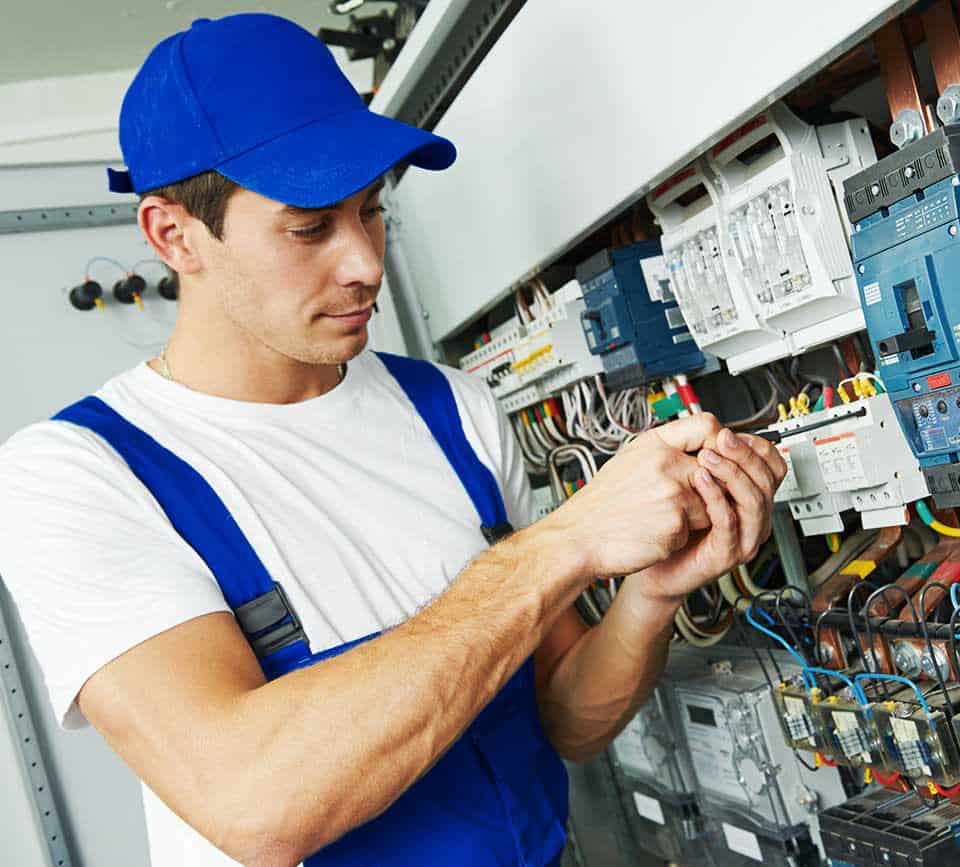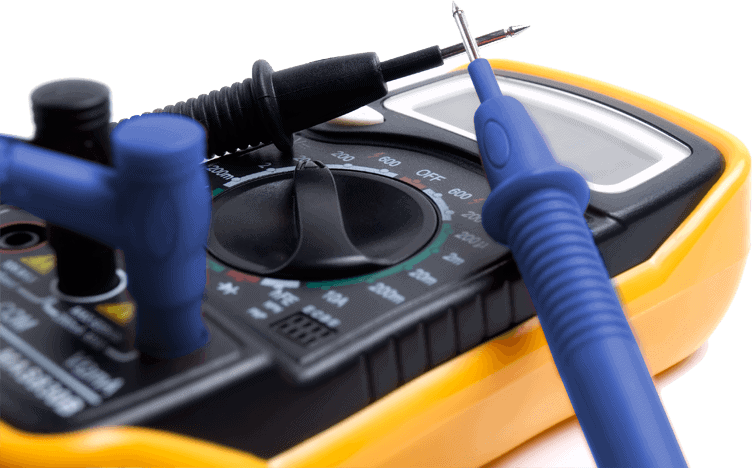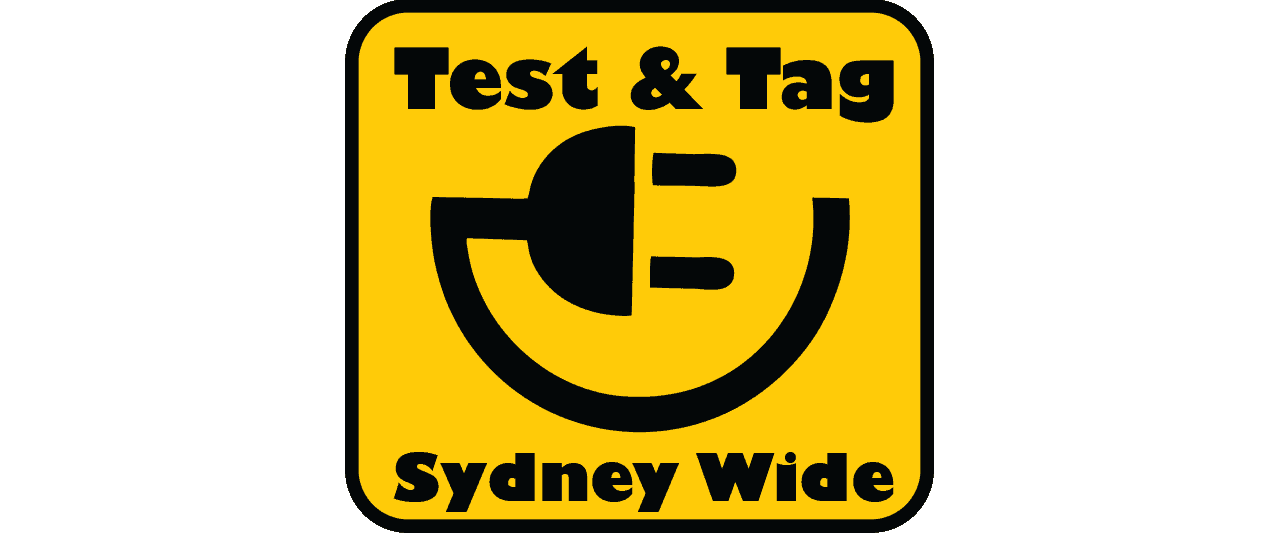Q: WHAT IS TEST AND TAG?
A: With many companies or private individuals offering test and tag services, you have to ensure that you choose a reliable and licensed one to carry out these inspections and assessments. Some frequently asked questions involve why you should hire us.
- We have a team of licensed and expert technicians available nationally that can manage different areas at ease.
- Sydney Test and Tag provide you with a reliable testing program and package that includes efficient and timely submission of test analysis and results, as well as re-test reminders.
- The technology we use is specially designed for electric test and tag purposes (asset tagging), and are safe and guaranteed not to harm sophisticated and sensitive electronic equipment.
- Test results supplied and presented to you. We store and maintain a database securely on our system.


TEST & TAG FREQUENTLY ASKED QUESTIONS
We have prepared our FAQ below to address the most commonly asked questions around test and tagging of electrical cables and appliances.
What is test and tag and why do we test electrical appliances?
Test and tag is a Work Health and Safety compliance (WHS) requirement. Electrical equipment testing needs to be done on a regular periodical basis depending on the operating environment.
Electrical testing and tagging is done in 3 steps:
- Visually check the appliance for defects.
- Submit the appliance to an electronic Portable Appliance Tester (PAT) which, depending on the appliance, will check polarity, insulation resistance and earth continuity.
- A tag is affixed to the appliance which, depending on the test result, will either be a pass or fail tag.
Who must have their electrical appliances tested and tagged?
All organisations and businesses in Australia should test and tag their electrical appliances. Most, if not all, Australian states and territories have government-issued Codes of Practice regarding the management of electrical risks in the workplace.
Although details may vary from state to state, these codes of practice contain guidelines on how organisations can meet their safety duties under their respective Work Health and Safety (WHS) Acts. Although these Codes of Practice are “guidelines”, compliance by all organisations and businesses with WHS laws is compulsory.
In practical terms this means that if an electrical incident should occur that caused death, injury or damage the organisation’s electrical safety measures will be tested in a court of law against the Codes of Practice to determine if the organisation took adequate measures to control electrical hazards and comply with WHS law.
Why test and tag my electrical appliances?
Faulty electrical appliances can cause injury or death (for example by electrocution or fire) or property damage (for example by electrical fire).
Most, if not all, Australian states and territories have government-issued Codes of Practice regarding the management of electrical risks in the workplace. Although details may vary from state to state, these codes of practice contain guidelines on how organisations can meet their safety duties under their respective Work Health and Safety (WHS) Acts.
Although these Codes of Practice are “guidelines”, compliance by all organisations and businesses with WHS laws is compulsory. In practical terms, if an electrical incident should occur that caused death, injury or damage, the organisations electrical safety measures will be tested in a court of law against the Codes of Practice to determine if the organisation took adequate measures to control electrical hazards.
Who is responsible for testing and tagging at my organisation's electrical equipment?
The “Person Conducting a Business or Undertaking” (PCBU) is ultimately responsible. This can be the director(s), manager(s) or any person to whom the responsibility has been delegated to (for example a WHS officer).
Does testing and tagging need to meet national standards?
Yes, testing and tagging of electrical equipment must meet national and state/territory standards. The most common National standards are:
- AS/NZS 3003: Patient Areas
- AS/NZS 3760: In Service Safety Inspection and Testing of Electrical Equipment and RCDs
- AS/NZS 3012: Construction and Demolition sites
In addition, most Australian states and territories will have their Codes of Practice regarding the management of electrical risks.
Why do electrical tags have different expiry periods and how long do the tags last?
The validity period of electrical test tags depends on the type of environment the appliance is operated in.
Basically, there are three types of operating environments:
- building and demolition sites
- higher-risk sites and
- lower-risk workplaces.
Testing and tagging in building and demolition sites need to be done monthly due to the high risk of damage to electrical equipment. Higher-risk sites (like factories and workshops) require testing and tagging every 6 months as equipment is moved around often and subject to wear and tear. Testing and tagging electrical cables in lower-risk workplaces like offices may need to be done every 12 months where cables are loose or only tested every 24 months where cables are fixed and very little to no movement occurs.
Please contact us to discuss your testing and tagging requirement for your workplace.
Who can test and tag electrical equipment?
AS/NZS 3760:2022 states that testing and tagging of electrical equipment must be done by a person “who has the necessary practical and theoretical skills, acquired through training, qualification, experience or a combination of these, to correctly undertake the tasks prescribed by this standard”.
As the standards imply that just theoretical training is not enough, all our technicians do an apprenticeship followed by a period of supervised independent work in addition to their nationally accredited training.
How to test and tag equipment?
Electrical testing and tagging is done in 3 steps. The first step is to visually check the appliance for defects. The second step is to submit the appliance to an electronic Portable Appliance Tester (PAT) which, depending on the appliance, will check polarity, insulation resistance and earth continuity. In the third step a tag is affixed to the appliance which, depending on the test result, will either be a pass or fail tag.
How often should test and tag be done?
Test and tag must be done periodically. The intervals of the test depend on the industry in which the client operates (for instance: building industry) and also the risk rating of the area within the operation. Below are the 3 risk levels and their recommended testing frequencies:
- Building and demolition sites: monthly testing
- Higher-risk operating environments: every 6 months
- Lower-risk workplaces: every 12 (loose supply cord) or 24 months (fixed supply cord)
Higher-risk operating environments are environments with the potential to seriously affect the safe operation of electrical equipment. These include wet or dusty areas, outdoors, workplaces, commercial kitchens and manufacturing environments, hire equipment.
Lower-risk workplaces are dry, clean and free of conditions that may result in damage to electrical equipment. Examples: offices, retail shops, classrooms etc.
How is Test and Tag Sydney Wide different to the test and tag companies near me?
Test and Tag Sydney Wide is different as we offer more than “just testing and tagging”. We take the admin headache of managing this compliance requirement out of the client’s hands by sending timely reminders when tests are due, and storage of all test reports sent to clients after testing is completed.
We also process any urgent request as a priority and, in most cases, can send a technician to a site within 24 hours (on weekdays). In some cases, we can also test and tag on weekends and after hours.
In addition, as we are an Australian operated family business, our clients always have direct access by phone or email to our directors. Unlike other test and tag businesses, we believe that senior management is there to service our most precious asset: our clients.
How much does test and tag cost?
Our test and tag costs at Test and Tag Sydney Wide are amongst the most competitive on the market. In fact, we are ready to beat any (written) quote by 5%! Considering the high level of personal service, we supply this actually makes us your most economical solution. This is why our long-term clients include government agencies and larger companies.
We can supply you with references upon request. In a nutshell, our prices depend on quantity. We offer pricing on a cost per tag basis from as little as $2.75 per tag for large quantities. As no job is too small, we’ll even come to you for one tag. Our minimum callout fee is $150 + GST which covers the first 20 tests.
How long does testing and tagging take?
There are various factors that could determine the time it takes to test and tag an electrical appliance like a power supply cable. It could be a few minutes for something easily accessible like testing a kettle cable or testing a laptop power supply. Whilst a testing a monitor or computer’s power cable will require the machine to be shutdown first and, depending how accessible the cables are, this could take a while longer. Where testing of specialist equipment like server room power cables, life supporting equipment, security devices etc. these could take hours as they need to be co-ordinated with the relevant teams to power them day safely for testing and tagging.
What are the consequences of not complying with test and tag regulations?
Non-compliance with test and tag regulations can result in severe consequences, including fines, legal liabilities, and increased risks of accidents such as electrocution or fire. Ensuring compliance not only protects your employees and customers but also safeguards your business from legal repercussions.
Are there any exemptions to test and tag requirements?
While test and tag regulations apply to most electrical appliances, there may be exemptions for certain types of equipment or specific industries. However, it’s crucial to consult with a professional to determine if any exemptions apply to your situation and ensure full compliance with safety standards.
How often should electrical appliances be visually inspected between formal test and tag intervals?
In addition to scheduled test and tag intervals, regular visual inspections of electrical appliances are essential for identifying any visible defects or hazards. These inspections should be conducted by trained personnel at suitable intervals to maintain electrical safety standards and prevent potential accidents.
What are the benefits of outsourcing test and tag services?
Outsourcing test and tag services to professionals like Test and Tag Sydney Wide offers numerous benefits, including expert knowledge, compliance assurance, time savings, and access to specialised equipment. By entrusting your test and tag requirements to experienced professionals, you can ensure thorough and efficient compliance with safety regulations.
How can I schedule test and tag services for my organisation?
Scheduling test and tag services for your organisation is simple with Test and Tag Sydney Wide. Contact us today to discuss your specific requirements and arrange convenient testing appointments tailored to your schedule. Our responsive and efficient service ensures minimal disruption to your operations while prioritising safety and compliance.
What causes microwaves to leak?
One of the many frequently asked questions that need to be addressed by many businesses in the food industry is the reason why microwave ovens leak. A microwave oven is an essential appliance for this kind of business. The most common cause of a microwave leakage is the worn out or faulty door seals. A regular test and tag service for your microwave are essential to ensure that the appliance is safe to use and that your business is compliant with the mandated AS/NZS 3760 and AS/NZS 60335.2.25 standards.
If you have something you want to know, please use our live chat at the bottom of this screen or contact us.

GUARANTEED RESULTS
Test and Tag Sydney wide will you assess your equipment using an industry-grade microwave oven leakage detector. We will help determine the levels of radiation that your microwave is producing. If your appliance is deemed faulty or defective, we will tag them with a sticker that indicates they have defects or faults. When the machine has passed the specified guidelines, our team will label them as safe to use.
Visit our website for more of the frequently asked questions. Let us help you become compliant.
CONTACT US
WHAT ARE YOU WAITING FOR?
Let our experts provide you peace of mind about the safety of your home or business.
Give us a call at 0491 726 810 or (02) 9188-3978
email us at [email protected]
